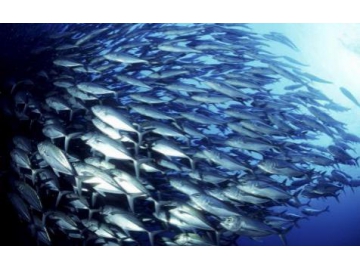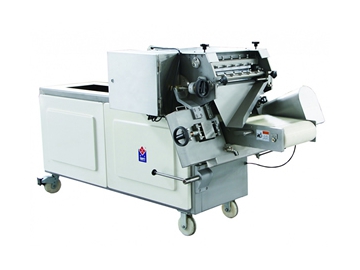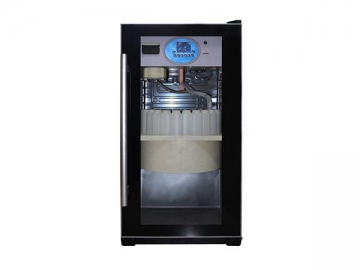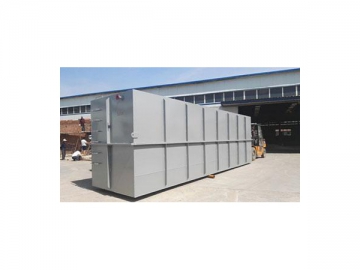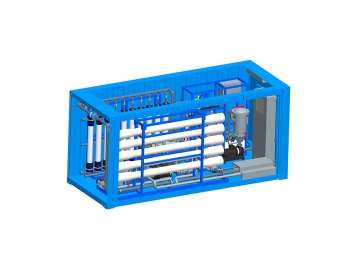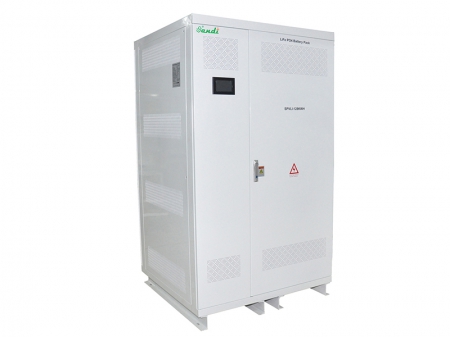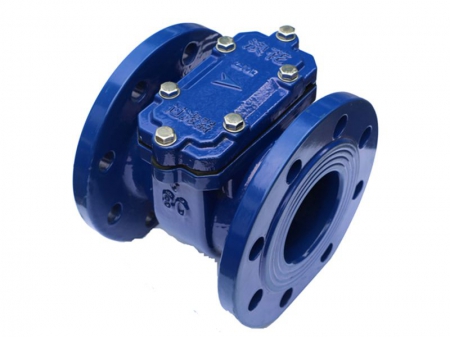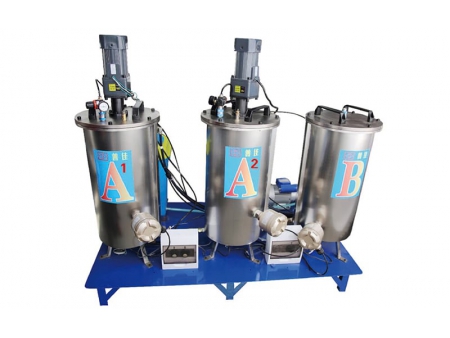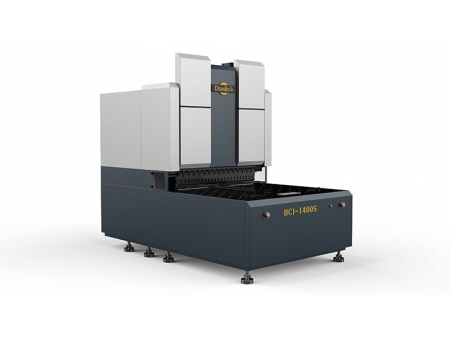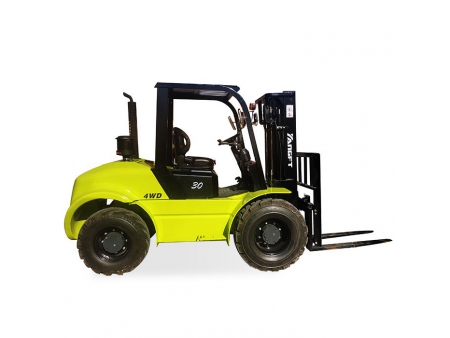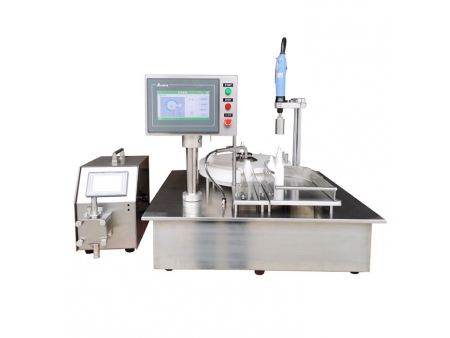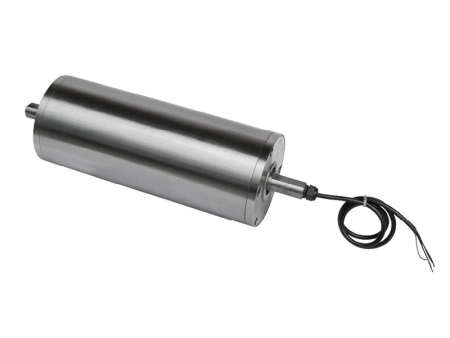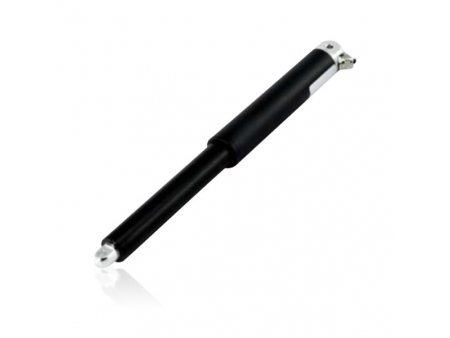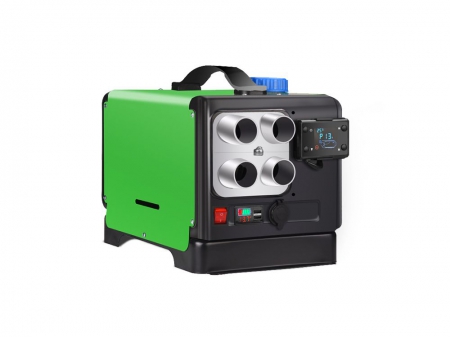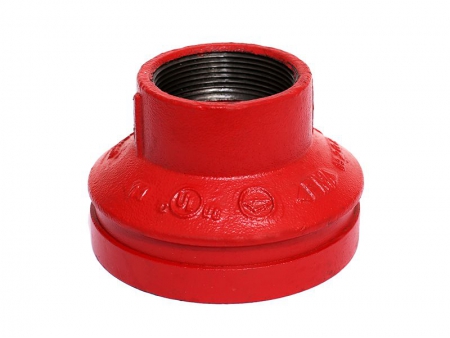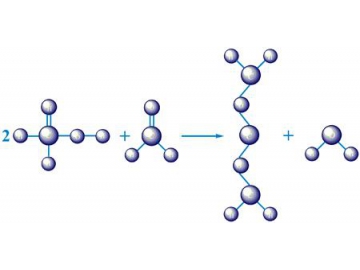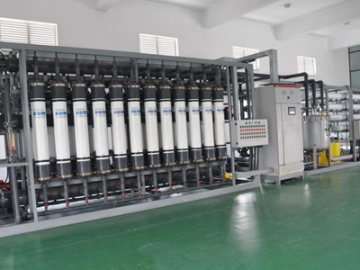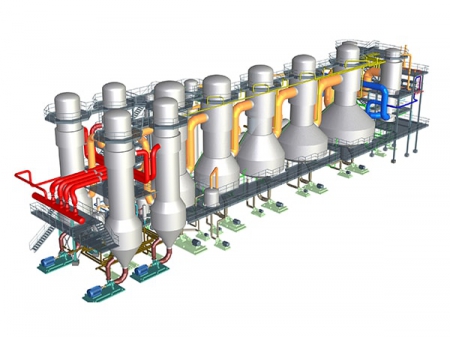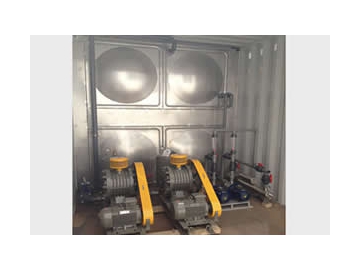Cod
With rich aquatic products, the annual processing volume of cod is between 400-600 thousand tons. A large amount of fish skin is harvested, serving as sufficient raw materials for our production.
Fish skin contains abundant protein and amino acids, which are essential nutrients for plant growth. The glycine in fish skin can promote photosynthesis, increasing the content of chlorophyll and improving enzyme activity. The amino acid in fish skin can accelerate the accumulating and running speed of nutrition, as well as increase the quantity of nutrition, leading to the balance of each type of nutrition. The amino acid is able to chelate with insoluble substances to generate chelate compound which is easier to be absorbed, thus improving the rate of nutrition absorption and utilization. In this way, nutrition deficiency can be solved because that nutrition deficiency is triggered by the low absorption and utilization of some element.
Otherwise, the marine fishes processing wastes contain rich vitamin, taurine and chitosan which can promote metabolism in plant growth. The marine fishes also contain macroelements (phosphorus, potassium), medium elements (calcium, magnesium) and trace elements (ferrous, zinc, copper, molybdenum, selenium, etc) which can increase the yield, improve crop quality and increase soil fertility.
| Nutrition | Unit | Test Result |
| Protein | % | 10.23 |
| Brown Seaweed Polysaccharides (Alginic acid included) | % | 20.02 |
| Mannitol | % | 23.27 |
| Crude Fat | % | 0.77 |
| Crude Fiber | % | 6.11 |
| Lodine | % | 0.337 |
| Ash | % | 28.98 |
| Cao | % | 1.18 |
| K2O | % | 4.36 |
| Cu | mg/kg | 2.5 |
| Fe | % | 0.15 |
| Zn | mg/kg | 60.2 |
| Nutrition | Content | Nutrition | Content | Nutrition | Content |
| Protein(g) | 20.4 | Carbohydrate(g) | 0.5 | C17H20N4O6(mg) | 0.13 |
| Ash(g) | 1.2 | C12H16N4OS(μg) | 0.04 | K(mg) | 321 |
| VitaminA(mg) | 14 | Na(mg) | 130.3 | Ca(mg) | 42 |
| P(mg) | 232 | Zn(mg) | 0.86 | Fe(mg) | 0.5 |
| Mg(mg) | 84 | Cu(mg) | 0.01 | Se(μg) | 24.8 |
| Mn(mg) | 0.01 | Fat(g) | 0.5 |
